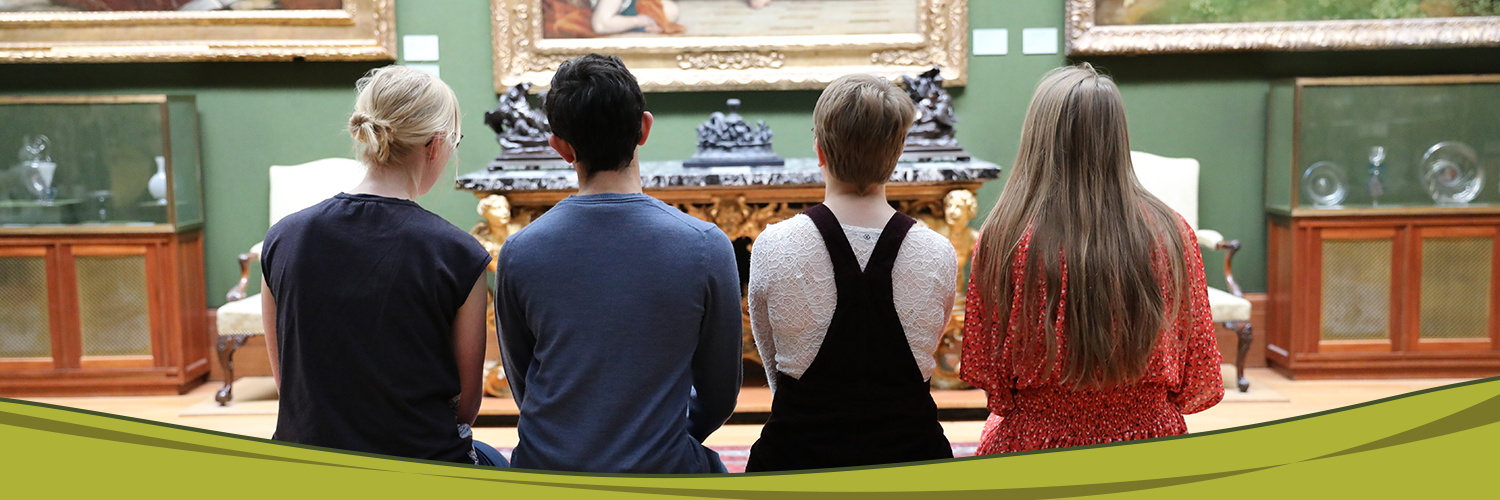| Formatting |
- Draft your application using the ERC template, including the relevant section headings.
- Follow the formatting guidelines - page size, font, font size and margins.
Top tip: Use the narrowest margins allowed to maximise space. Same goes for paragraph indentations - shorter indents = more space!
- Avoid using bold text to highlight intext words and phrases as this detracts from the surrounding text.
- Reserve bold text for organisational text, such as headings, subheadings or sequences.
|
| Writing Style |
- Avoid jargon and focus on clearly setting out the project plan and implementation.
- Use active language to help sell the project. Saying what you are will do, rather than what you hope/would like to do, is an effective way of instilling confidence in the reviewer.
- Consider using bullet points to tease out key aims, questions and/or actions.
|
| Organising Content |
- The B1 should provide a condensed version of B2.
- B2, Section a. should focus on the establishing the state-of-the-art in this field and how this project goes beyond that. Here is where you want to set out your aims, objectives and overarching vision for the project.
- B2, Section b. should provide details of the project implementation. What is your methodology, both in terms of intellectual framework and project structure.
Top Tip: Subheadings are a useful tool for organising the content of the proposal and leading the reviewers through the text. Some examples are: Methodology; Work Plan; Team Structure and Management; Outputs and Dissemination.
|
| Project Details |
- Ensure that the novelty is at the forefront. Show, don’t tell, the reviewer why it’s important, who cares, why it is timely and why you are the right person to lead this project.
- Include as many details as possible when setting out your methodology and action plan.
- For example, if you are creating a project website - who is going to manage it, who is the intended user, how long is the website going to operate.
- Similarly, provide concrete examples of how you are going to manage your team, how you will line manage them and what training opportunities they will receive.
- A Gantt chart is a useful way to help visualise the project in its entirety. It is a helpful summary for the reviewers, but can also guide you as you map out your deliverables.
|
| PI and Team Profile |
- When developing your B1 and B2, draw on your existing track record and expertise. However, ensure that these sections are used to detail the proposed project. Set out your professional profile in the CV section of the application.
- Demonstrating your leadership skills and vision is an important aspect of the ERC grant. Who do you need on your team to ensure a successful outcome? Team members might include: Postdoctoral Researchers, Research Assistants, Senior Research Associates, PhD Researchers.
Top Tip: Members of your team can be based anywhere in the world. Early conversations are essential for setting out work packages, coordinating accurate costings and identifying any additional requirements associated with international working.
- All projects should include an administrative post to provide organisational support.
- This section of the proposal can also include non-academic partners such as policy-makers, artists and technicians. If you are going to have an advisory board, you would also want to include that here. These can be particularly helpful if you have an interdisciplinary project.
|



